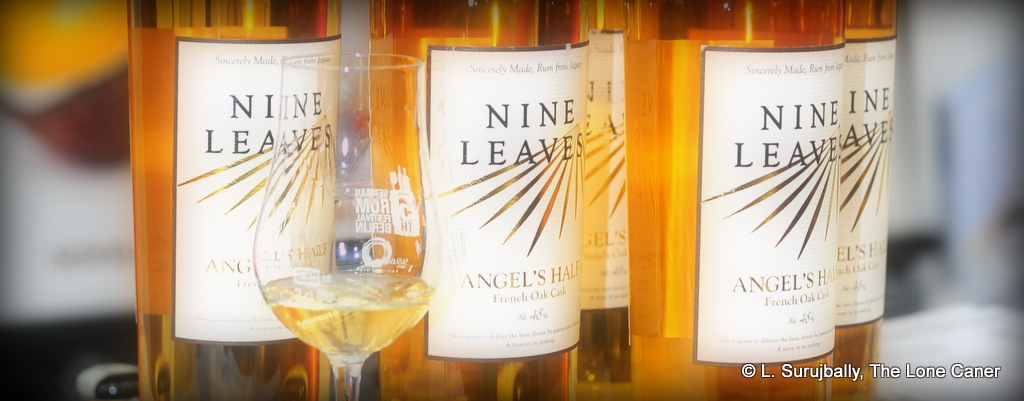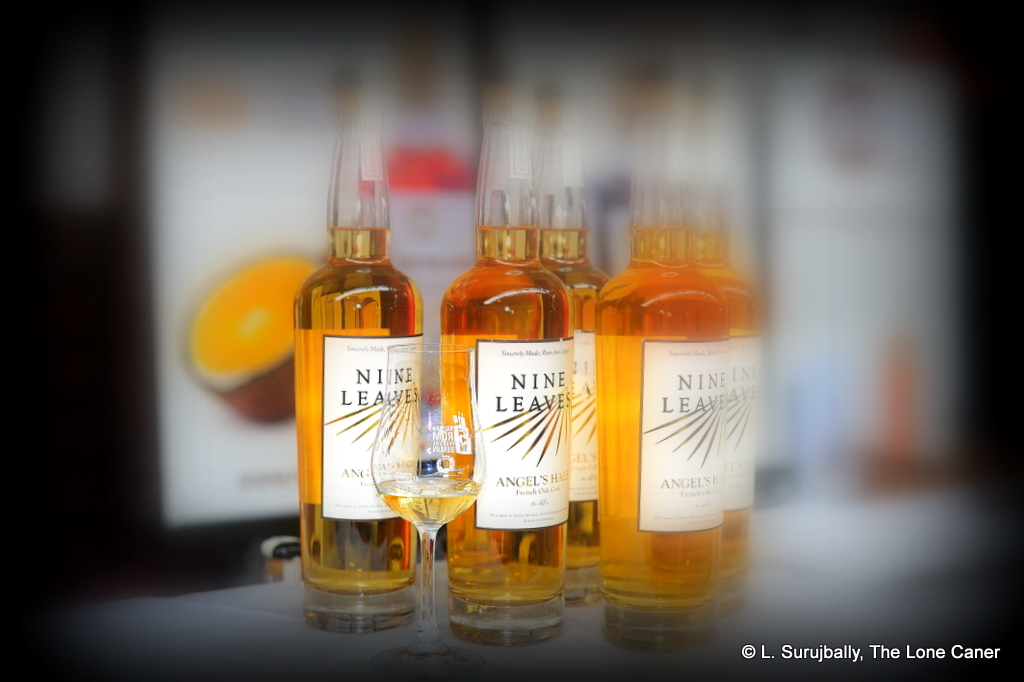Rumaniacs Review #R-165 | #1126
There’s a lot about the presentation, background, labelling and online information of the Marauda rum which is frustrating, so it’s a good thing I had my tasting notes and scoring down pat before I ever did a lick of research, since my snark might just have bled over into the evaluation, and that would be unfair. So I’ll leave that until the end and lead you right into the rum itself.
The Marauda is a rum supposedly bottled in South Carolina (but maybe in Europe) by an outfit of the same name, is apparently the top winner of rum prizes in 2015 and 2016, has a nice backstory of a scrappy underdog visionary seeking to upend the rumiverse and make it new with technology. That the brand is no longer extant and this was their sole product — released in 2015 and never again — is not a textbook success story that will be taught in Ivy League business courses in years to come. The company website and social media all disappeared by 2018 without ever having made much of a ripple in the greater rumiverse, so I think I’m on safe ground to say this is all we ever got, or are going to get, and we have not missed it.
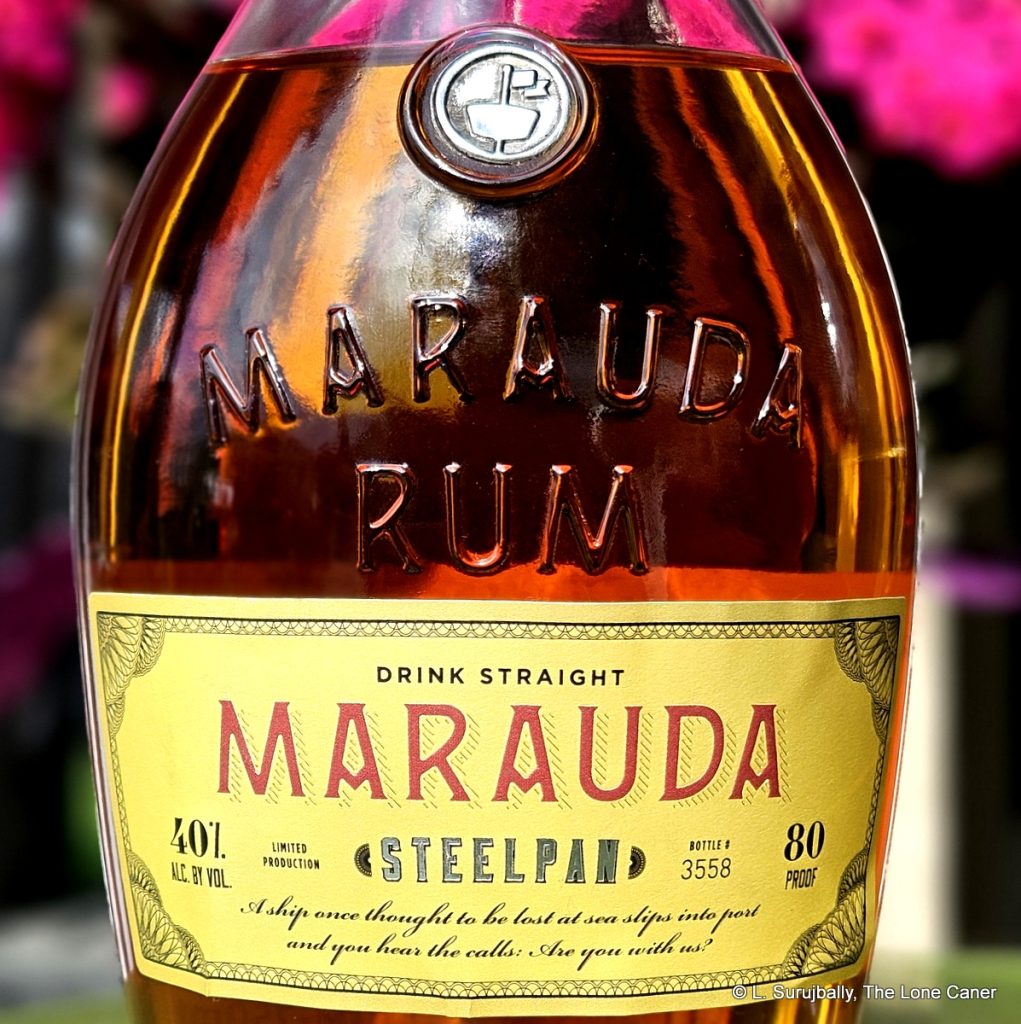 According to extant sources, the rum is a blend of three year old column-still rums from from Trinidad and Guyana, plus a pot distilled 3YO from Jamaica, and named after the “steel pan” — a uniquely and wholly Caribbean invention developed in the post-WW2 years in Trinidad. So essentially, Marauda was a US indie bottling such as what Ed Hamilton or Eric Kaye have produced. Except that they have run the blend through some kind of rapid filtration process called a TerrePURE® technology, that supposedly simulates ageing.1 Uh hunh. It’s probably not a coincidence that Lost Spirt’s Thea reactor was making waves just around the same time, with pretty much the same aim and claim but rather more fame. And both ended the same way.
According to extant sources, the rum is a blend of three year old column-still rums from from Trinidad and Guyana, plus a pot distilled 3YO from Jamaica, and named after the “steel pan” — a uniquely and wholly Caribbean invention developed in the post-WW2 years in Trinidad. So essentially, Marauda was a US indie bottling such as what Ed Hamilton or Eric Kaye have produced. Except that they have run the blend through some kind of rapid filtration process called a TerrePURE® technology, that supposedly simulates ageing.1 Uh hunh. It’s probably not a coincidence that Lost Spirt’s Thea reactor was making waves just around the same time, with pretty much the same aim and claim but rather more fame. And both ended the same way.
What else? The derivation of the name is also unknown — it may be a play on “marauder” — as is the outturn, although the bottle I have notes it is a limited edition, bottle #3558.
Strength – 40%
Colour – Light amber
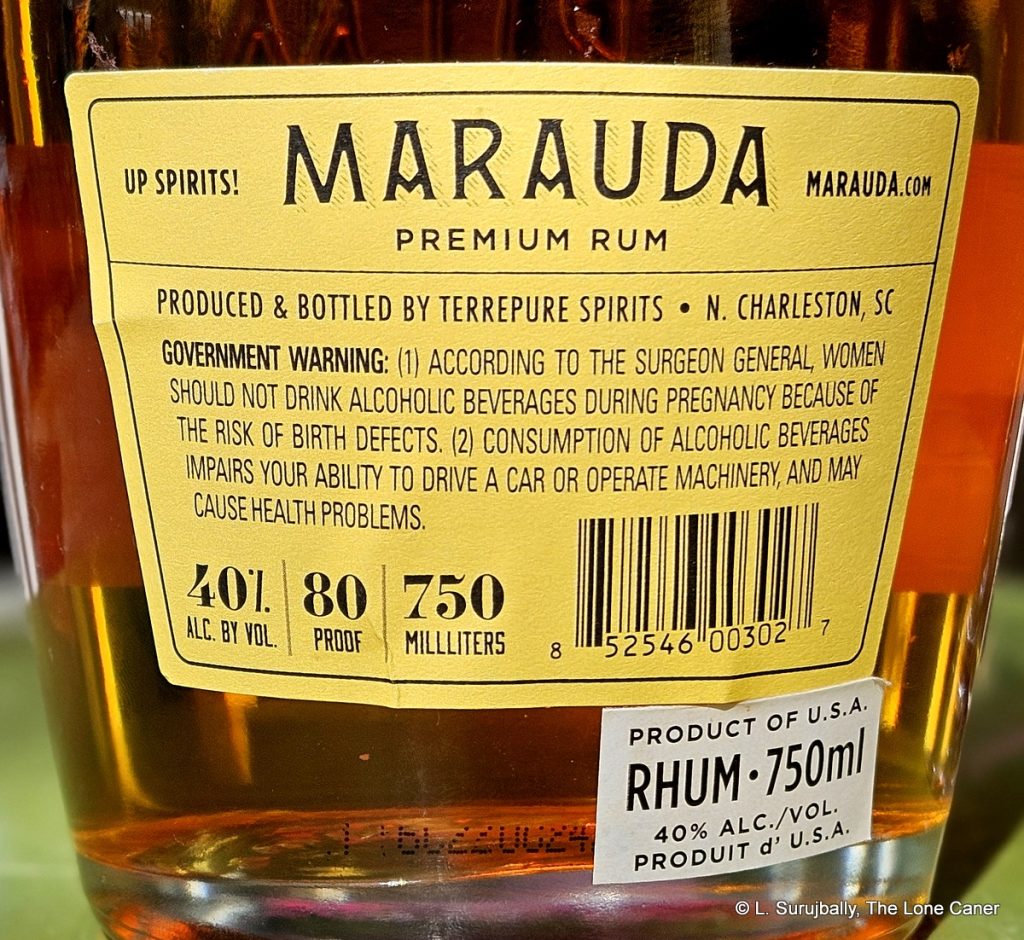 Nose – Actually, rather good. Light floral top notes, rather sharp and lots of acidic fruitiness, especially pineapples, ripe mangoes, gooseberries and citrus. Also sour candy, caramel, smoke, leather and vanilla. Beneath all that is some rubber and cellophane tape, and even a touch of sawdust, like some kind of low rent Enmore rum.
Nose – Actually, rather good. Light floral top notes, rather sharp and lots of acidic fruitiness, especially pineapples, ripe mangoes, gooseberries and citrus. Also sour candy, caramel, smoke, leather and vanilla. Beneath all that is some rubber and cellophane tape, and even a touch of sawdust, like some kind of low rent Enmore rum.
Palate – All the above, but dialled down quite a bit. Dry, a little sour, and briny, and with tastes that that suggest a rum akin to a bourbon. Green unripe apples, gooseberries and florals, light citrus and vanilla, caramel and toffee. There’s a hint of funk here, too little to make a statement, really, and the Guyana part pokes its head up here and there if one concentrates. More would be me guessing.
Finish – Short, lightly sweet, gentle, gone as fast as a maiden’s shy kiss. Nothing new here, let’s keep it moving folks, show’s over.
Thoughts – It’s surprisingly and pleasantly drinkable, though the individual countries’ components take some work to tease out, if that’s what you’re after. A little bit of funk, a touch of cedar and licorice, are most of what distinguishes the Jamaican and Guyanese parts, and I guess the Trini portion is there to lend some backbone, to build a bridge between the other two. Overall, it’s a rum, and a decent one, but not one I’d be in a hurry to buy again. It isn’t special enough to warrant more than a nod of approval, alas, because at end, it turned out to be be overpriced, overhyped and oversold — which, eventually, nobody cared enough about to support. And that turned it into a one-hit wonder, that was hardly as wonderful as it claimed.
(83/100) ⭐⭐⭐½
Commentary
The so-called TerrePURE® technology is mentioned by several infoblurbs, but is omitted by several more.
As usual with such things, the marketing hyperbole would have us believe it’s the usual application of cutting edge innovation married to centuries old tradition, to make something newer, better, faster, tastier… you know the drill.
But, one of the ways we can usually call bullshit, is when we are given a mountain of unverifiable claims (usually under the cover of “patented” or “trademarked” or “proprietary”) that are belied by hard evidence and actually looking at results. In this case, like with Lost Spirits, whatever results they have attained using this tech fall far short of the claims. A whole lot of something has likely been done, but it doesn’t add up to much of anything that three years in barrels hasn’t already done.
Fast ageing is an unrealized dream for the moment, and while I am all for using advances in technology to improve and refine products, so far, for this purpose (ageing), here and elsewhere, it’s simply vapourware. Don’t get snookered.
Another issue I thought I would remark on, is the paucity of information on the brand, and the company that makes it. In this case, I had a hell of a time tracing both. First of all, the Marauda website no longer exists, though the WaybackMachine does preserve it. Secondly, the FB page has not been updated since 2018. Ditto for Instagram. So as far as I can tell, the brand is defunct. However, the RumLab newsletter did have a brief interview with the founder, Robert Elliott back in January 2017, which was long on the outsider status of Mr. Elliott, mentioned the Marauda, but literally told us nothing else … so, useless. Moreover, although the FB page says it’s bottled in SC, Distiller magazine says it’s in Amsterdam, meaning, probably Scheer. What on earth are we to believe? We know almost nothing about the company, the founder, the distilleries of make, the outturn … about all we can say with assurance is that it once existed – because I have a physical bottle in my possession that says so.
Other notes
- Video recap link
- “Steelpan” is borderline appropriation of a piece of Caribbean heritage, though not on the level of Michael B. Jordan’s egregious “J’Ouvert” trademarking enterprise a few years back – but ultimately it’s the same thing. Actually, same country, almost.
- “Up spirits” (on the back label) is a phrase commonly associated with the Royal Navy rums and surrounding traditions, which this isn’t and doesn’t have. I suppose that’s pedantic and snarky of me, but it’s worth a mention.
- No details on the originating estates. By 2015/2016 when this came out, that was already a thing, so it’s odd that it wasn’t seen fit to mention.
- Inconsistency of information about the TerrePURE® technology and its use is really quite surprising given it’s a major selling point. However, it seems to still exist and be in use.
- Mr. Elliott’s online profile did provide a New Jersey phone number, so, wanting more info, I called it and got directed to his voicemail – I left a message, and never got a return call, unfortunately.
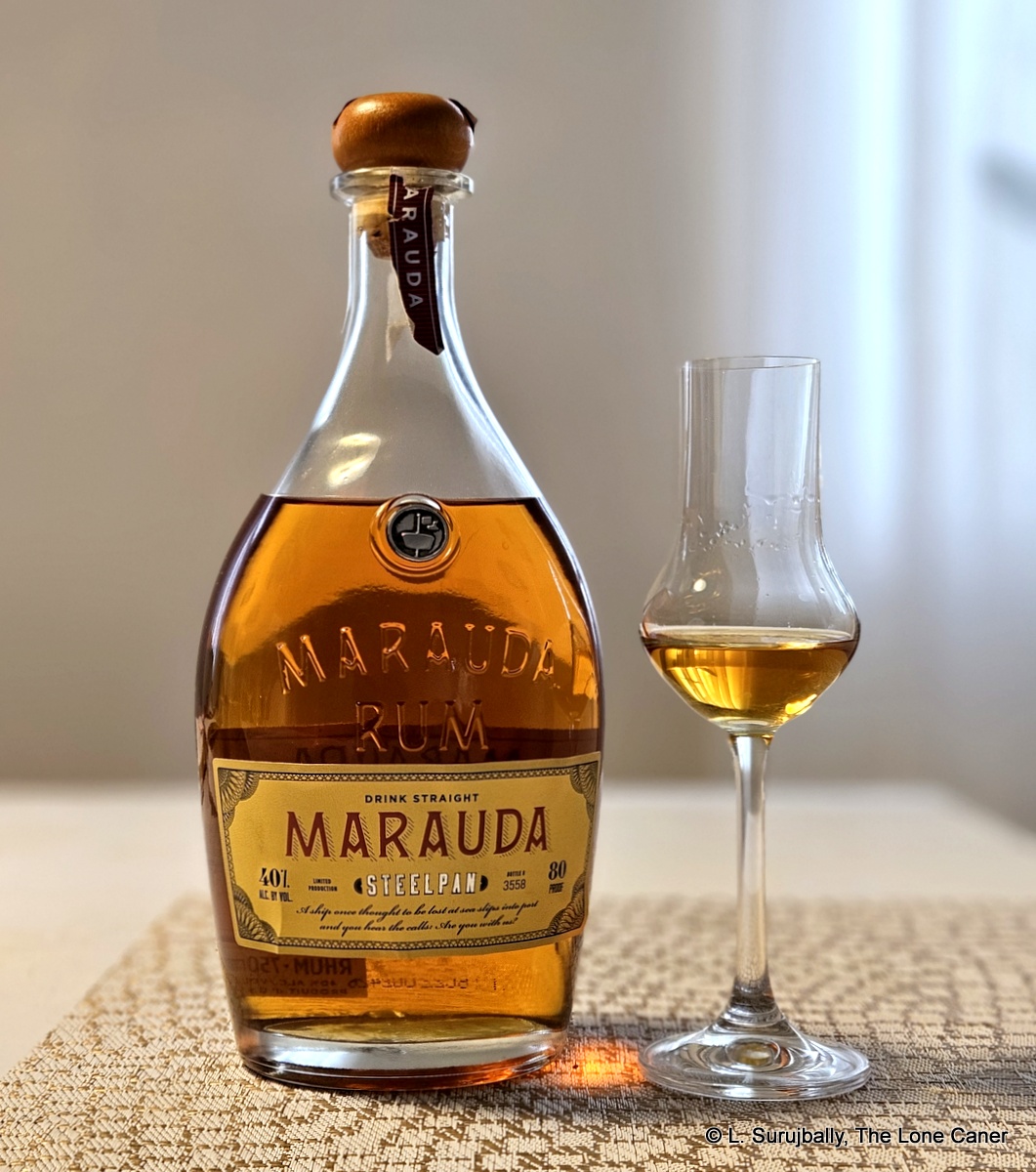
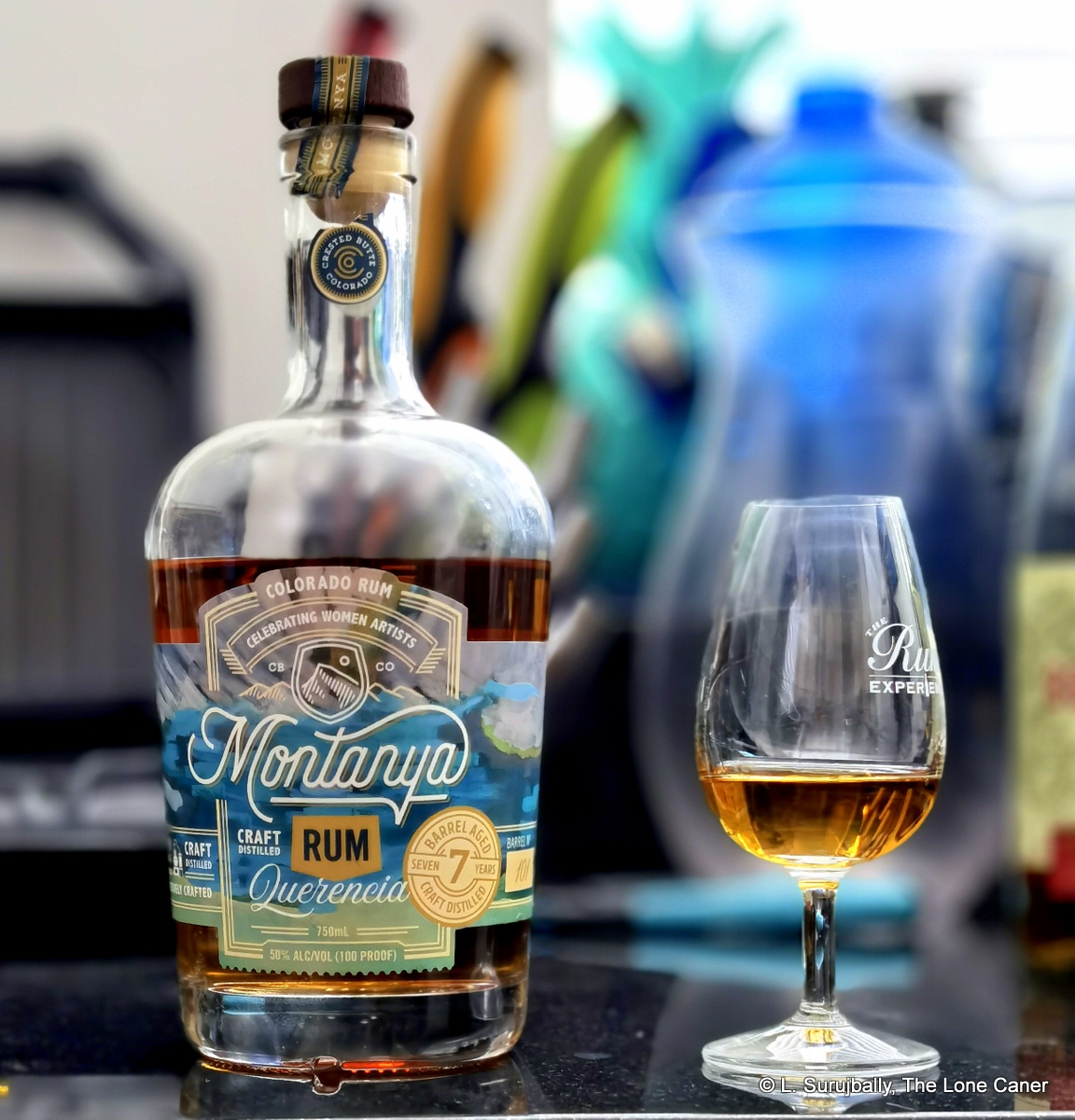
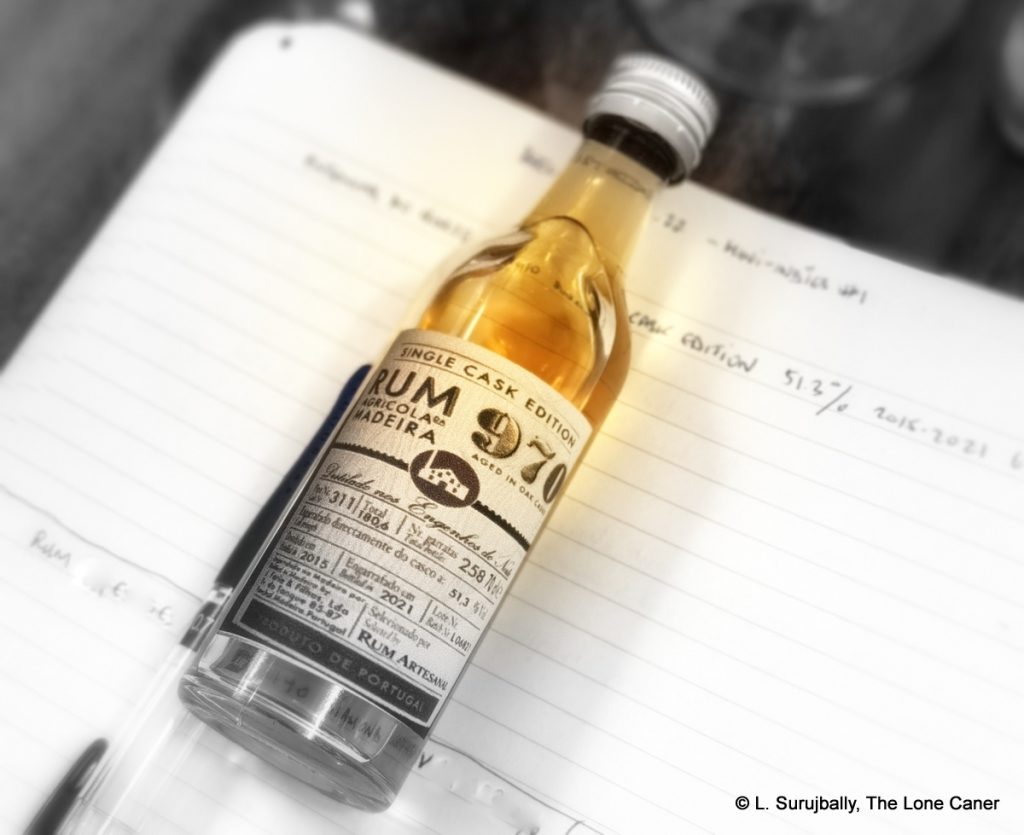

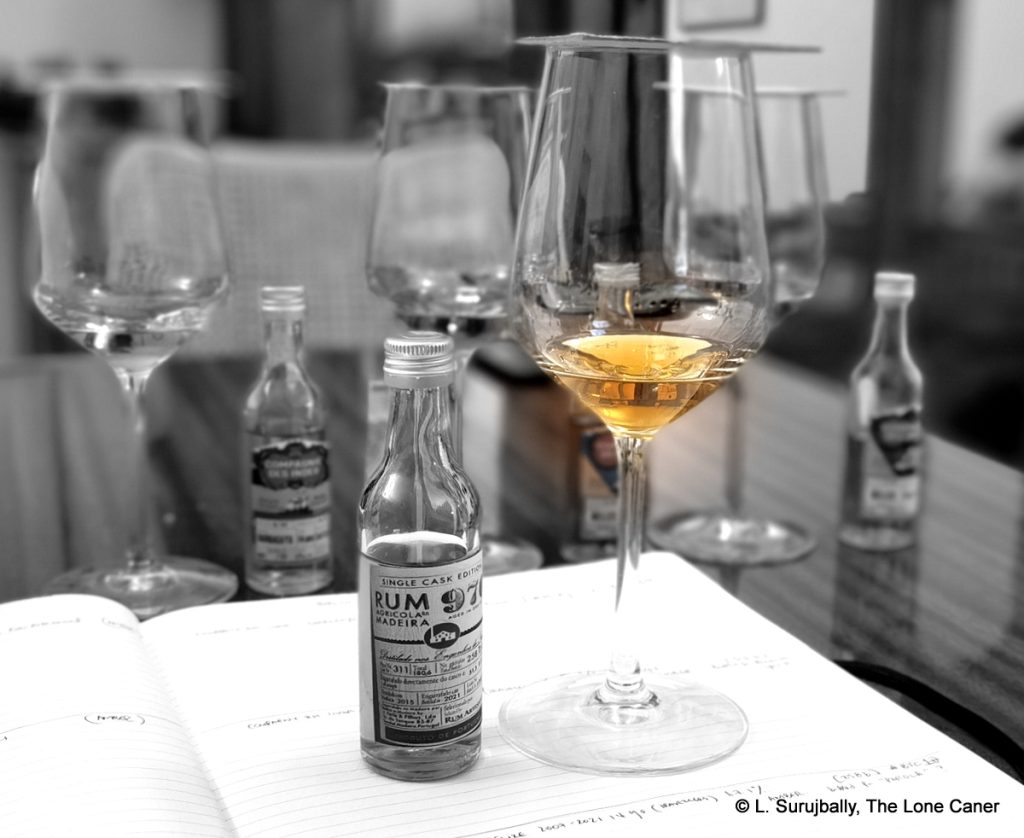
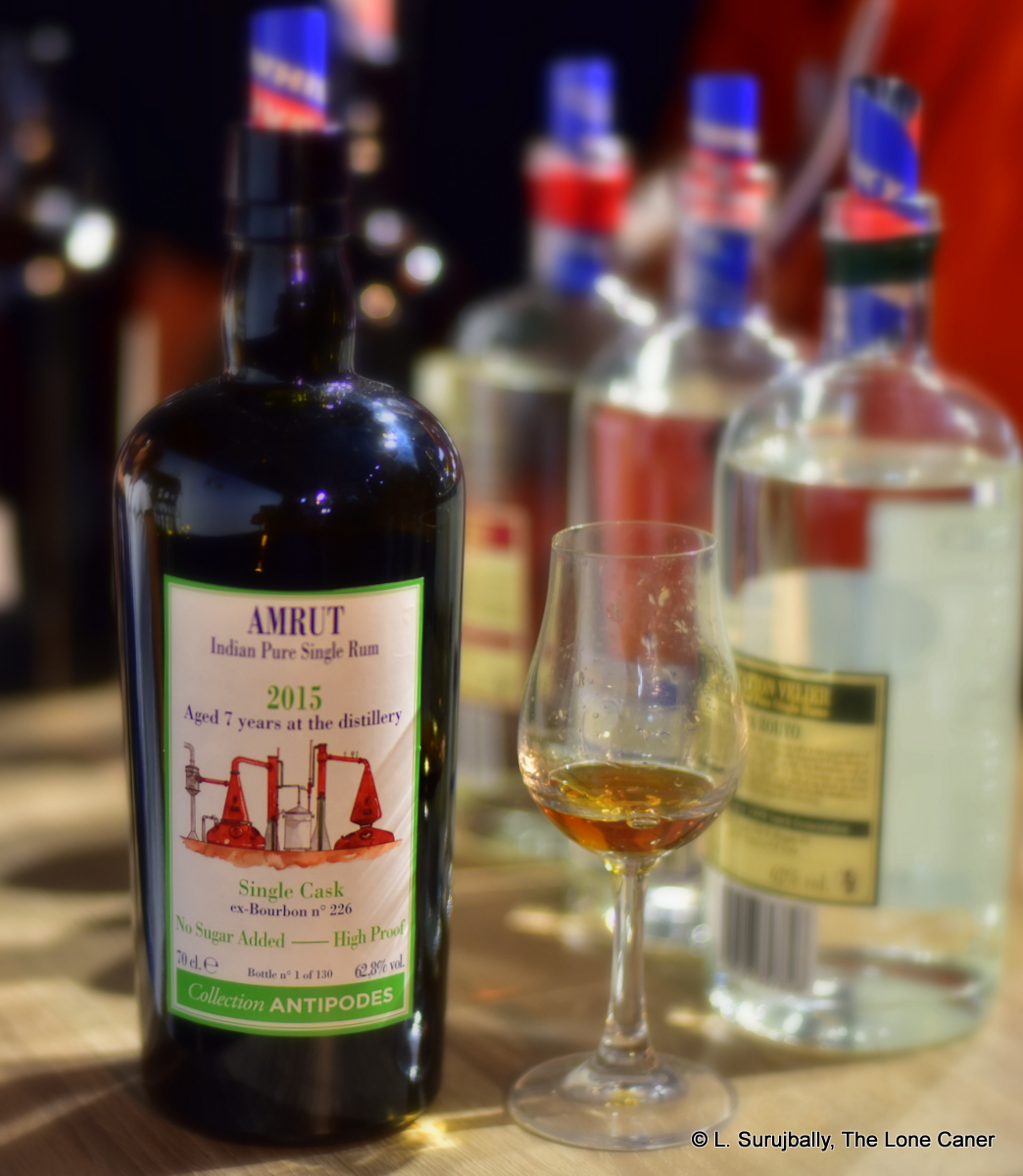
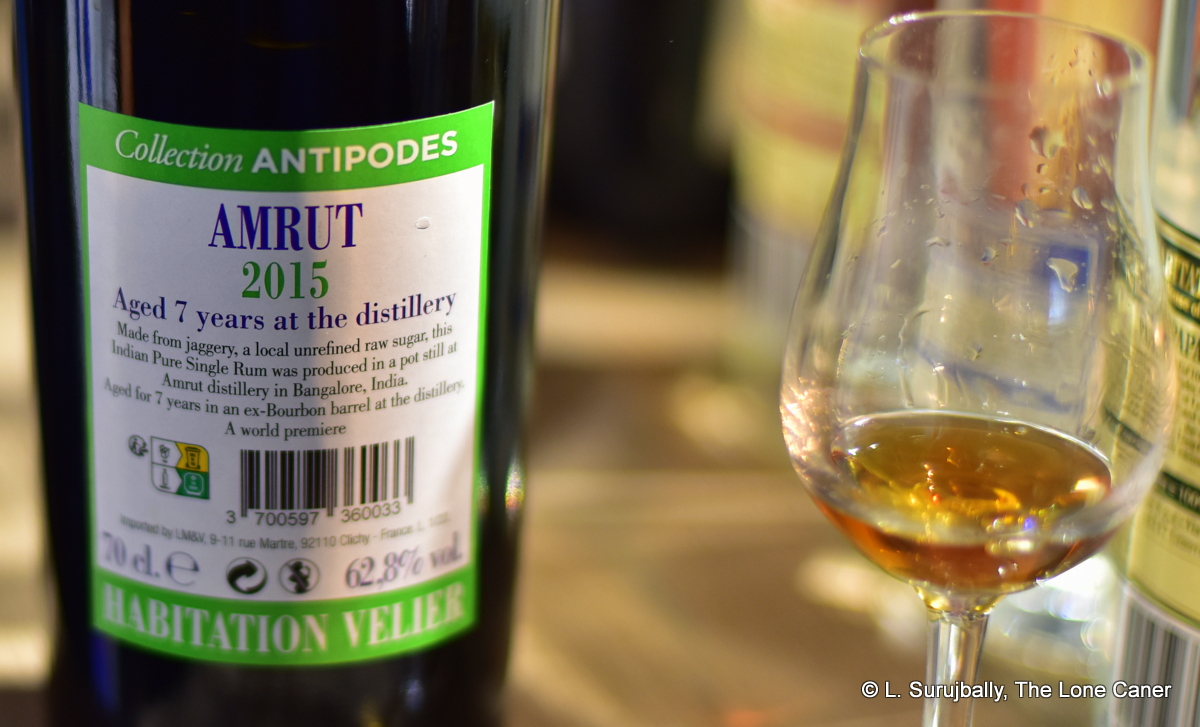
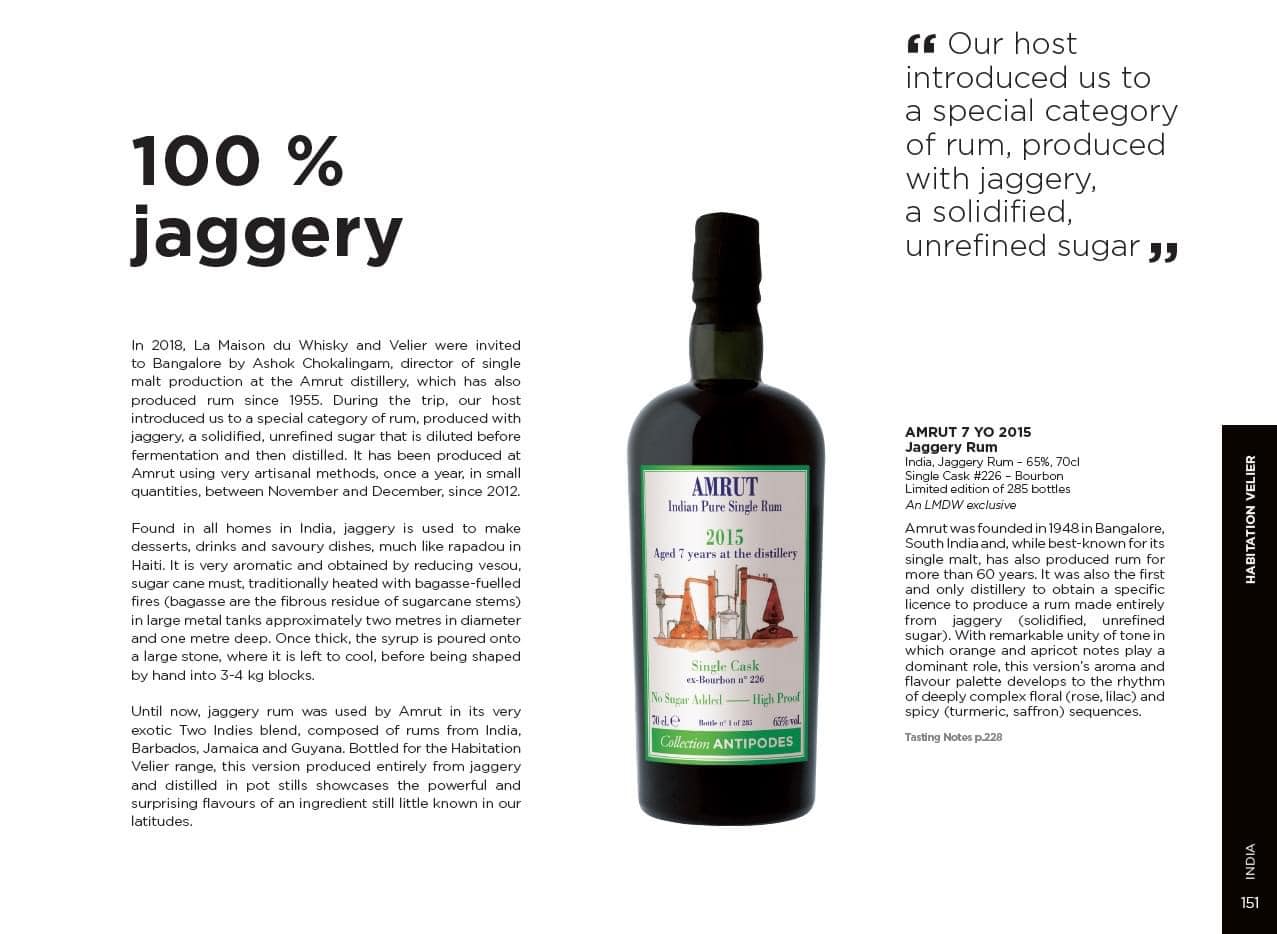
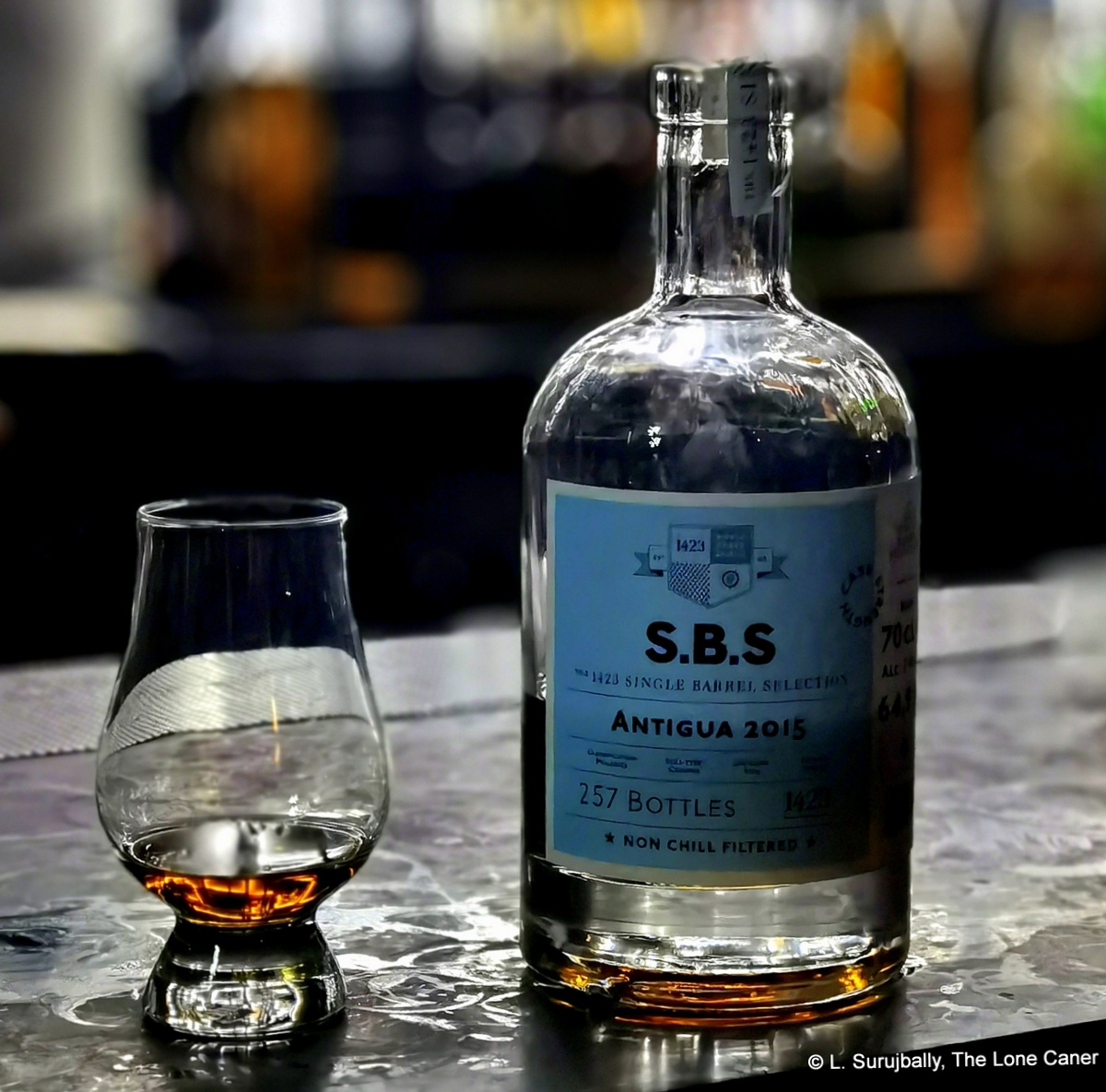
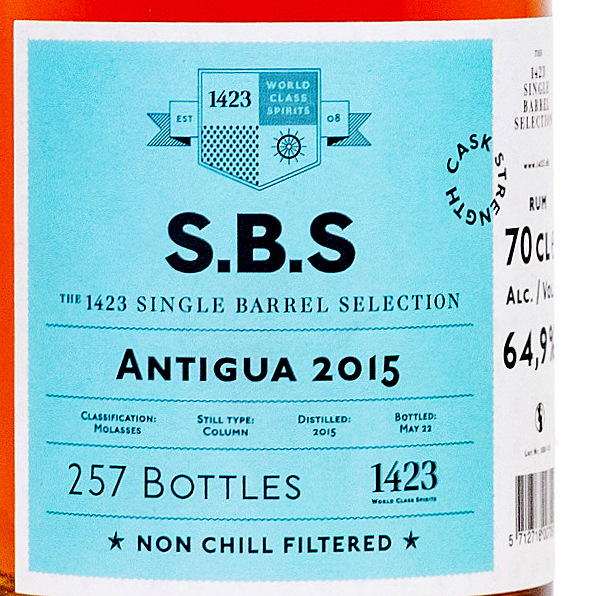
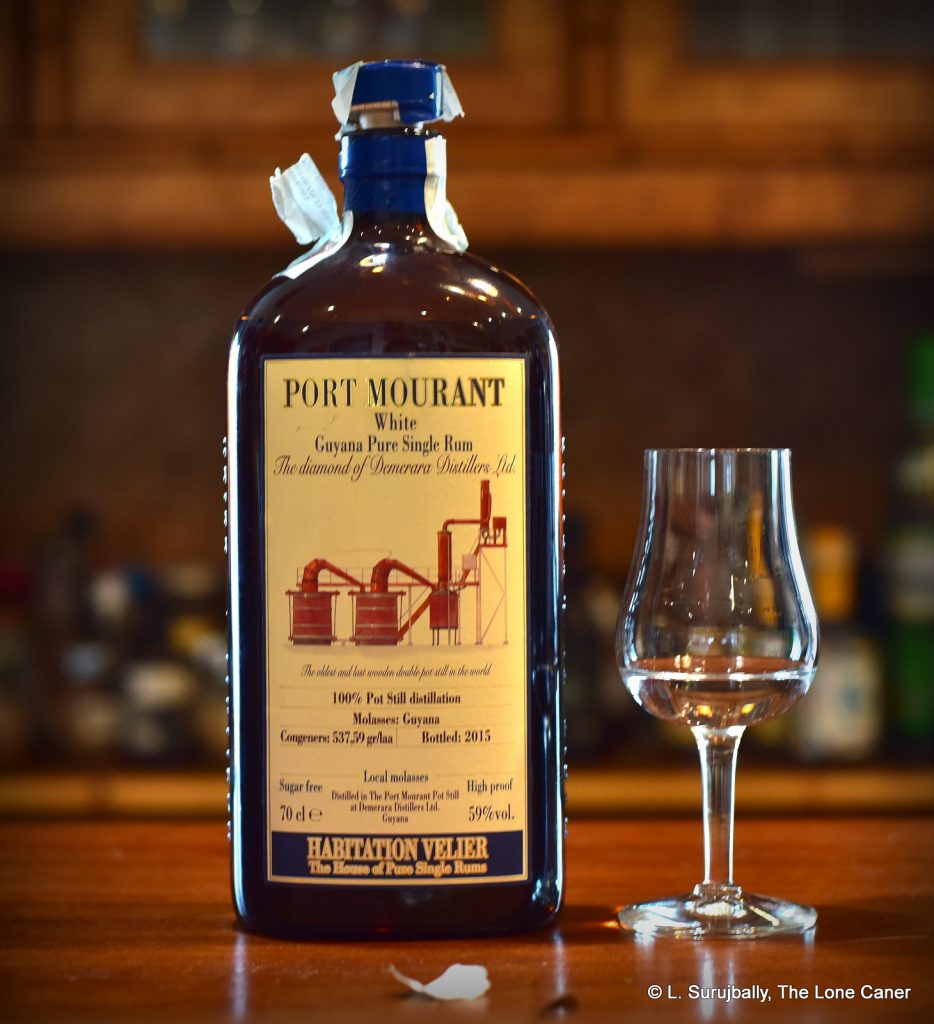
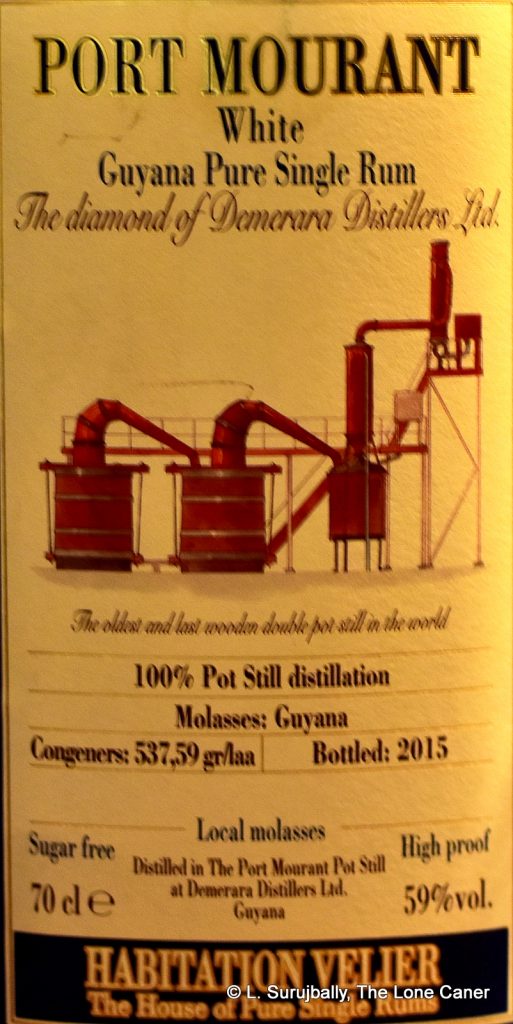 Unaged rums take some getting used to because they are raw from the barrel and therefore the rounding out and mellowing of the profile which ageing imparts, is not a factor. That means all the jagged edges, dirt, warts and everything, remain. Here that was evident after a single sip: it was sharp and fierce, with the licorice notes subsumed into dirtier flavours of salt beef, brine, olives and garlic pork (seriously!). It took some time for other aspects to come forward – gherkins, leather, flowers and varnish – and even then it was not until another half hour had elapsed that crisper acidic notes like unripe apples and thai lime leaves (I get those to buy in the local market), were noticeable. Plus some vanilla – where on earth did that come from? It all led to a long, duty, dry finish that provided yet more: sweet, sugary, sweet-and-salt soy sauce in a clear soup. Damn but this was a heady, complex piece of work. I liked it a lot, really.
Unaged rums take some getting used to because they are raw from the barrel and therefore the rounding out and mellowing of the profile which ageing imparts, is not a factor. That means all the jagged edges, dirt, warts and everything, remain. Here that was evident after a single sip: it was sharp and fierce, with the licorice notes subsumed into dirtier flavours of salt beef, brine, olives and garlic pork (seriously!). It took some time for other aspects to come forward – gherkins, leather, flowers and varnish – and even then it was not until another half hour had elapsed that crisper acidic notes like unripe apples and thai lime leaves (I get those to buy in the local market), were noticeable. Plus some vanilla – where on earth did that come from? It all led to a long, duty, dry finish that provided yet more: sweet, sugary, sweet-and-salt soy sauce in a clear soup. Damn but this was a heady, complex piece of work. I liked it a lot, really.